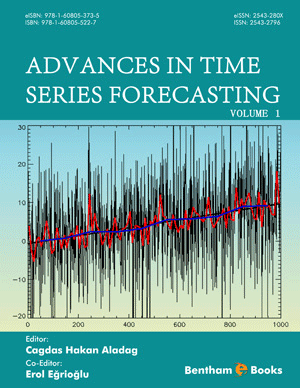Abstract
We provide here an analysis of Kalman filter, which has wide applications
in the experimental and observational fields. Kalman filter is a data fusion algorithm or
a mathematical tool which is based on the estimation theory. It basically is a set of
mathematical equations which provide a computational mechanism for evaluating the
state of discrete processes with noisy data. In fact, observations and data analysis is a
very key aspect of all theories. In any set of data, to make it useful, one has to minimize
the error/noise by taking into consideration various aspects like the estimated values
(the theoretical values), the measurement values, experimental errors and the estimated
errors. We have shown here how this can be done using Kalman Filtering technique.
Kalman Filter is a tool which can take the observational data and improvise it to
identify the best possible value of the parameters involved. Kalman filter and its
variants such as the extended Kalman filter have wide applications mainly in the field
of communication e.g., in GPS receivers (global positioning system receivers), radio
equipment used for filtering and removing noise from the output of laptop trackpads,
image processing, face recognition and many more.












